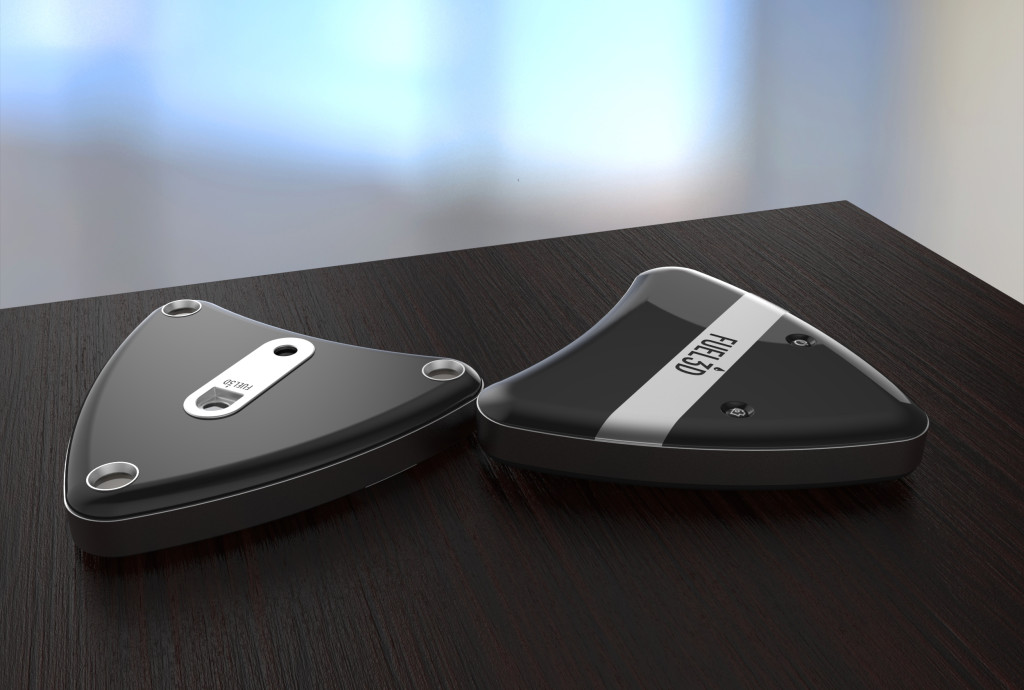
Handheld 3D scanner from Fuel3D is set to retail for $1,500, but is available to backers for $750. Courtesy of Fuel3D.
Latest News
August 2, 2013
Additive manufacturing (AM) is developing at a fairly rapid pace, thanks in part to the number of independent entrepreneurs who have gotten involved with the technology. Developing alongside AM are a number of complimentary products, including 3D scanners. In the last couple years, 3D scanners have gone from devices only serious businesses could afford, to technology within the grasp of individuals and small businesses.
Fuel3D is a startup that has brought a new low cost, handheld 3D scanner to crowdfunding giant Kickstarter to raise capital. The company has already surpassed its goal of $75,000 in just two days, demonstrating an interest and need for an affordable 3D scanner. This success means backers should soon have access to a 3D scanner for the low price of $750.
The scanner operates by taking a number of stereoscopic 2D pictures with different lighting directions, then combining the images to create a 3D model. This is accomplished using photometric imaging for color and detail, and geometric imaging to, “acquire accurate underlying 3D shape information from the subject.” As a handheld device, the scanner requires a point of reference to ensure accuracy, and so the Fuel3D system relies on optical targets.
From the technical specs whitepaper:
The Fuel3D system is handheld, and so moves during acquisition of the subject. By placing a simple optical target next to or (in the case of live subjects) onto the subject, parameters describing this motion can be resolved. The principle behind this is that the system knows the size and layout of the optical target, and by looking for the target in the image, Fuel3D can accurately estimate the relative position and orientation of the scanner with respect to the target.
The end result of all that technology is a 3D scanner with, according to the company, a resolution of approximately a 250µ sampling. Fuel3D recognizes its system might not be able to accurately capture every kind of object, and offers a list describing the types of objects that offer the strongest return. Generally, these are complex objects with well-defined features, such as faces, leaves, bricks and artwork.
Shapes that have a tendency to shift around during the capture process, or with less defined features, don’t fare as well. Another potential problem area is the lack of 360° capture. The Fuel3D system can build data for multiple sides of an object, but isn’t able to piece them together. Doing so requires the user to have access to additional software, and some knowledge of CAD.
Below you’ll find the Kickstarter video for the Fuel3D scanner.
Sources: Kickstarter, Fuel3D
Subscribe to our FREE magazine, FREE email newsletters or both!
Latest News
About the Author
John NewmanJohn Newman is a Digital Engineering contributor who focuses on 3D printing. Contact him via [email protected] and read his posts on Rapid Ready Technology.
Follow DE






